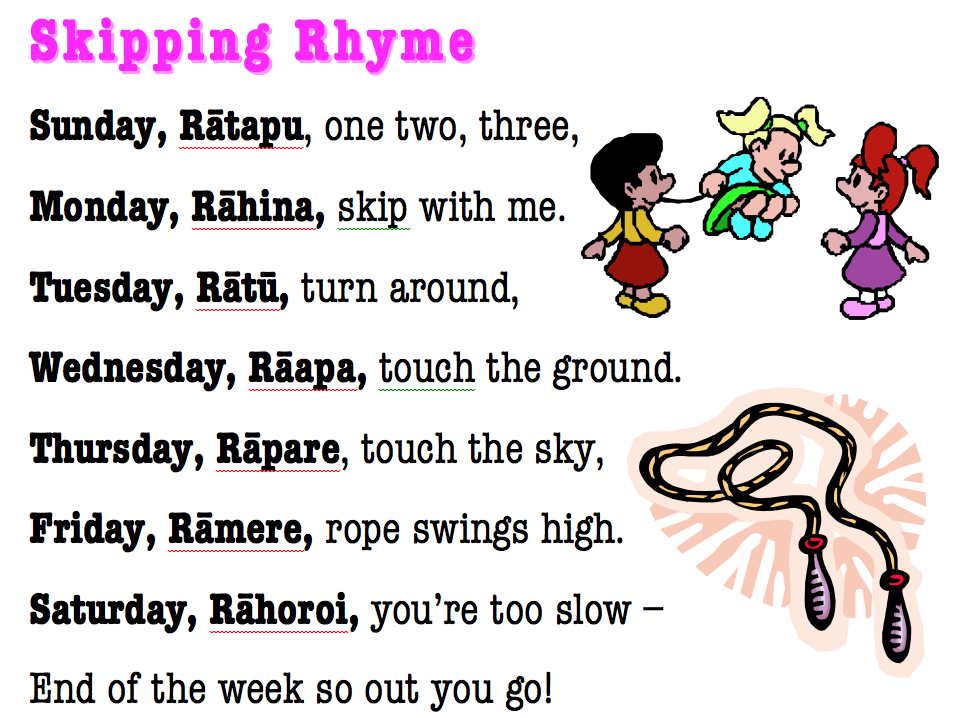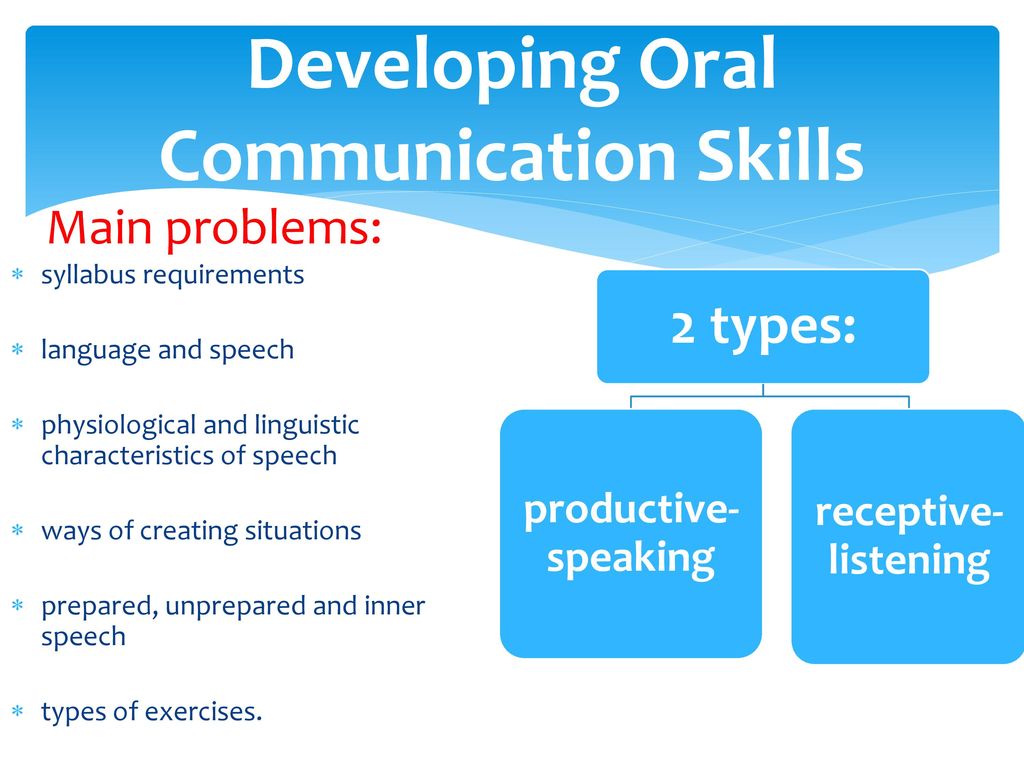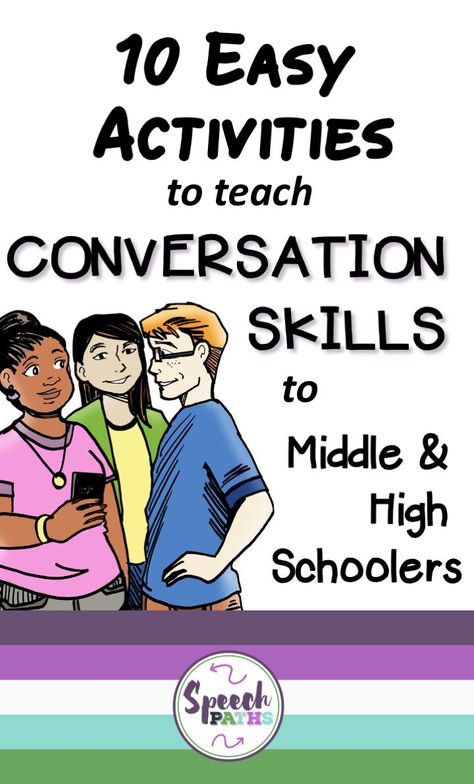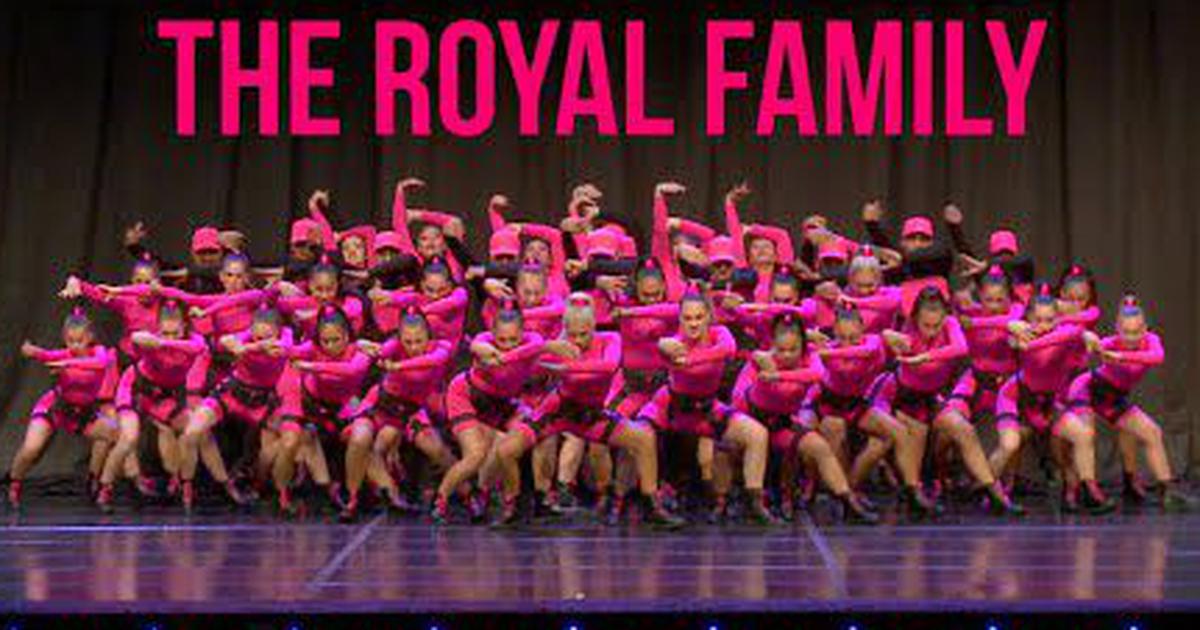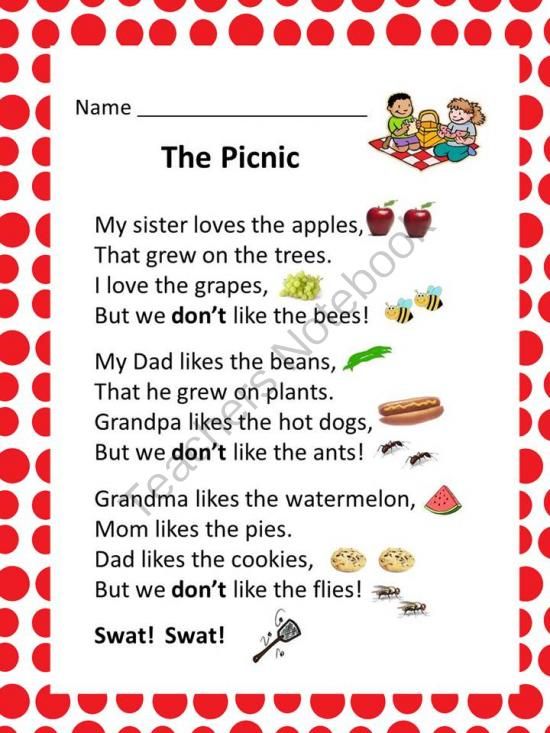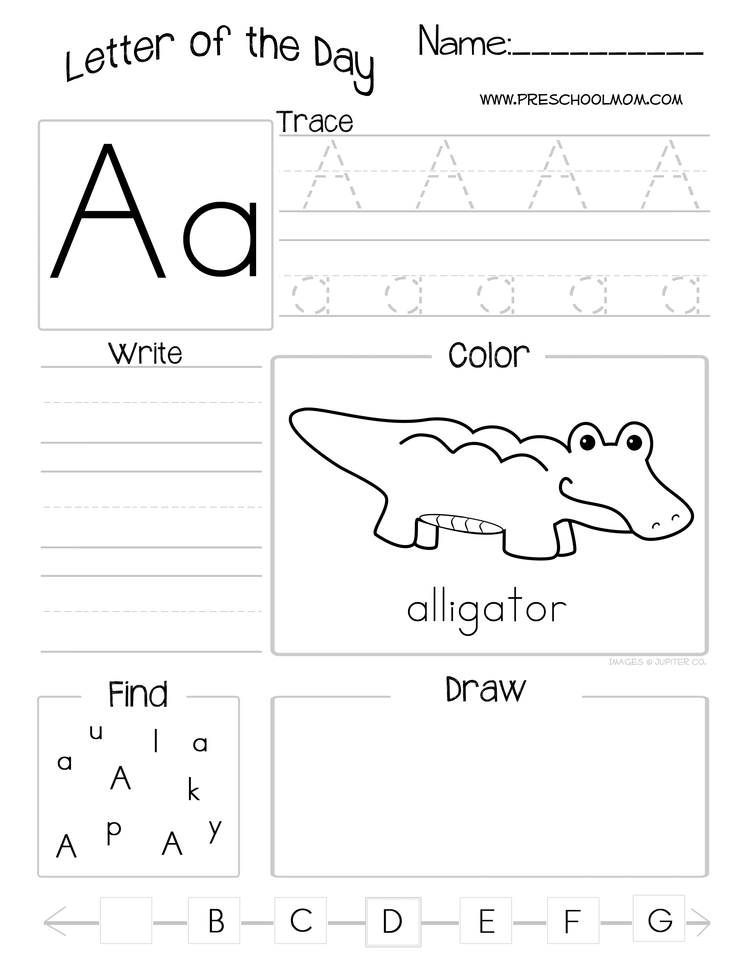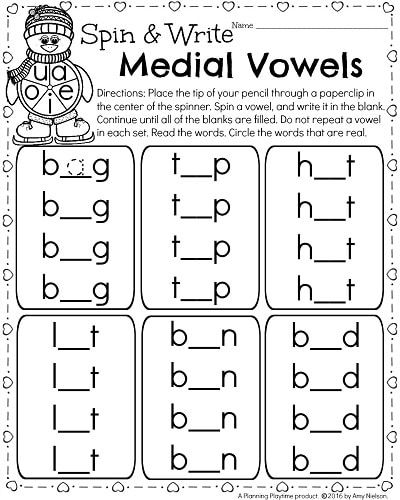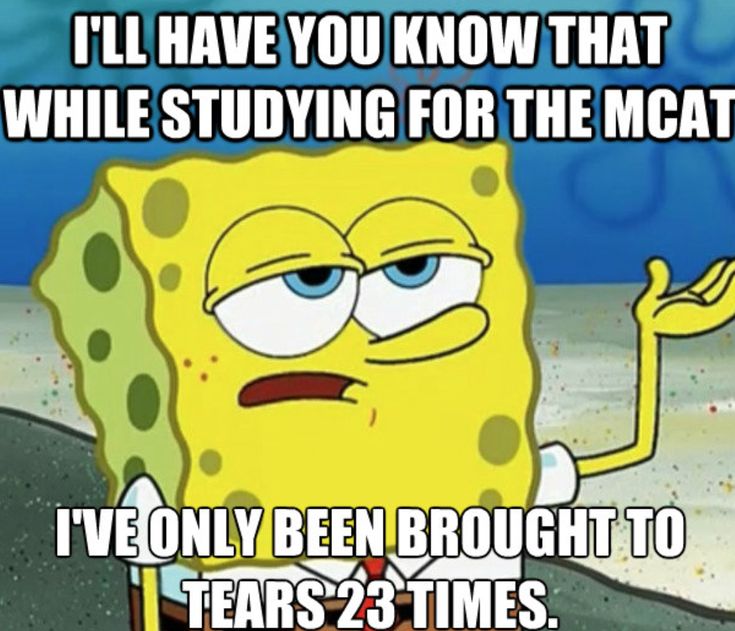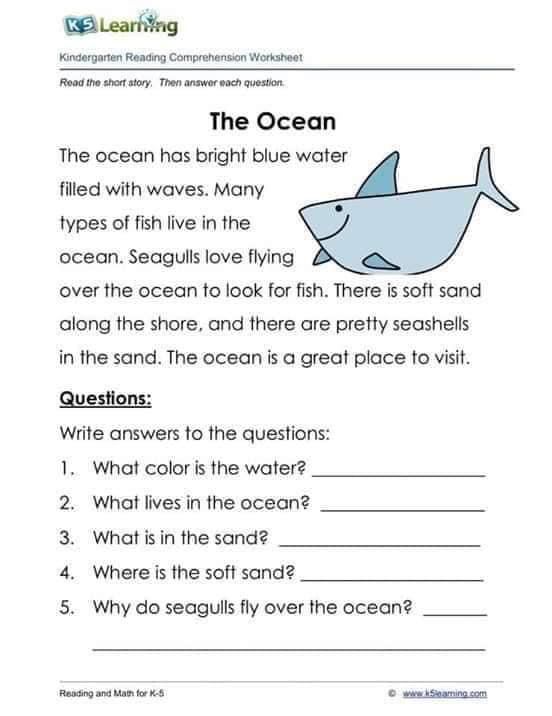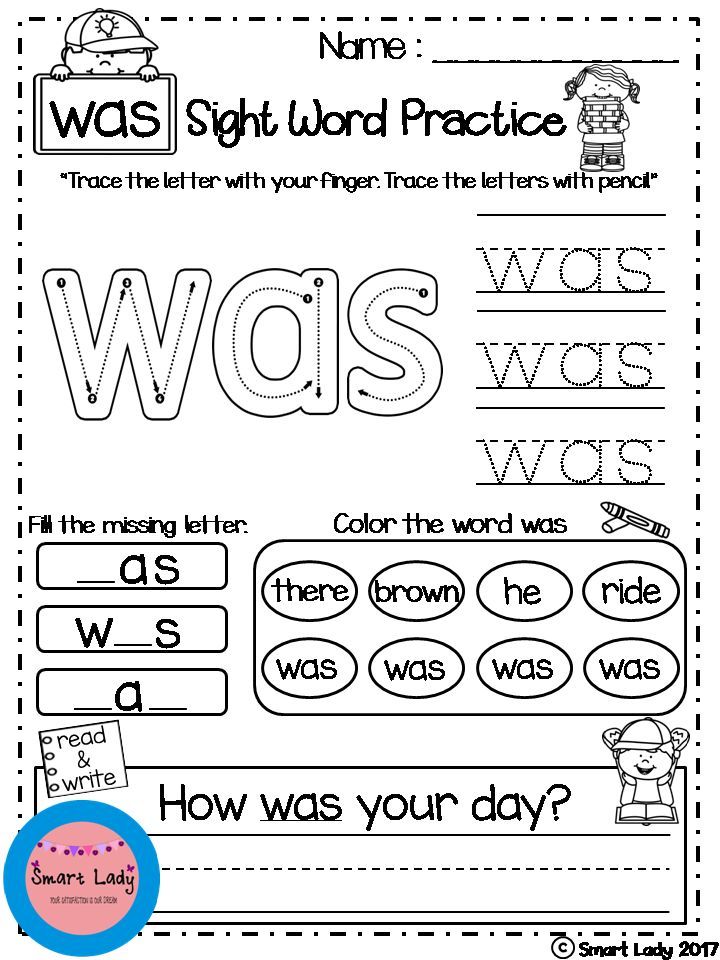Activities with shapes for pre k
2D Shape Activities for Preschool, Pre-K, and Kindergarten
Learning about 2D shapes is a must for every early childhood classroom. I’m here to share with you my favorite, go-to 2D shapes activities! Some teachers may do a shapes theme or unit (like me), some may do a shape of the week, and some sprinkle in shape activities all year long. These activities will work for all types of classrooms and teaching styles! Grab your lesson plan binder, and let’s get started! Want all shape printables now? You can find them in my Shapes Unit on TPT HERE.
This post contains affiliate links.
Shape Manipulatives
When setting up a shape activity, the first thing I do is go into my supply closet and pull out all my shape games, manipulatives, and puzzles. Pattern blocks, shape cookies, and shape magnet blocks are distributed into various classroom centers. Students need to be playing, manipulating and creating with shapes all over the classroom, not just in the math center!
I love this 2D & 3D shape building set! It’s a ton of fun and comes with shape cards.
Toothpick Shapes
Toothpick Shapes are a fun and interactive way to learn shapes! Students can make shapes with toothpicks and play dough or marshmallows. When teaching your little learners about shapes, it’s important to teach about the sides and vertices too. Use those big vocabulary words! Feel, touch and count the number of sides and vertices a shape has. Don’t forget that a circle doesn’t have any sides or vertices!
In the Discovery Center: Learning about math and science
In the discovery center, I set up a shapes exploration table. The wall has shape posters with real photographs, the back of the table is lined with shape building cards and manipulatives and translucent shapes. There is a sorting board with shape flashcards on top. It’s just a poster board I made with tape. Super simple! The basket is filled with real objects and shape cards students can sort. This exploration table gives students the opportunity to talk about, touch, feel, build, and manipulate shapes with a peer or independently.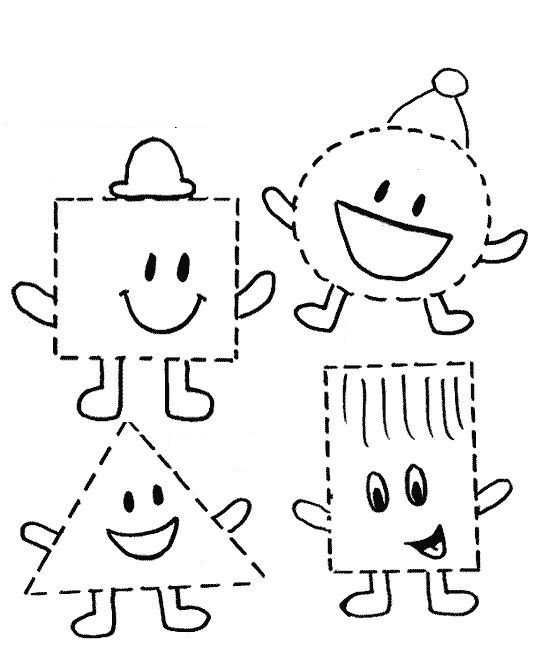
Shape Building Blocks Cards! This is a close up of the building block shape cards. Students use the blocks to create the shape on the card. After the shape theme is over, put the shape building cards in with your manipulatives or STEM drawers!
Geoboard shape cards! I put these shape geoboard cards in my geoboard basket. Students can make the shapes with loom bands on the geoboard. To introduce this activity, I put it out for table time as an arrival activity. It’s also great to build those little fine motor muscles too!
Shape cover up! Cover up is a fun game to practice matching shape! Students spin the spinner and cover the matching shape. I love these translucent spinners for my math games. This game is in my Shapes pack. It comes in four different levels.
Shapes graph it! This is another fun shapes game that my students love. It’s also a great opportunity to talk about more, less and equal to. Try using magnet bingo chips to cover the graph then using a magnet wand at the end to make the game even more exciting.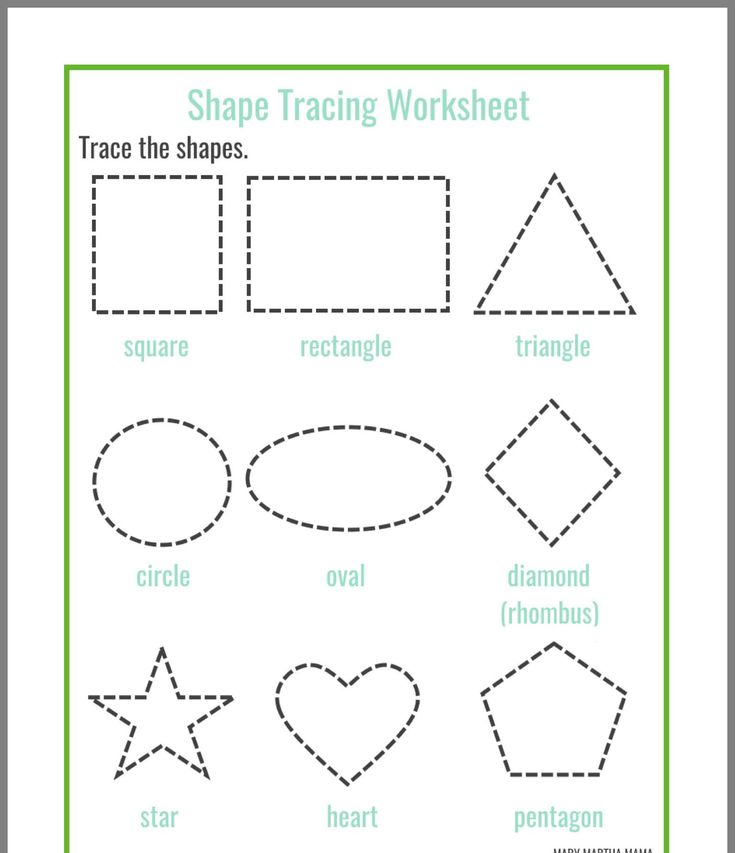
In the Sensory Table
This shape sensory table is filled with shaped manipulatives and a few cupcake pans for sorting. It has foam shape beads, shape chains and translucent shapes. Perfect for sorting, lacing, and linking together. And you guessed it, it’s great for their fine motor, too!
Transition Activity
Shape sort! Transition activities are the perfect time to do a quick assessment or learning check. We have snack after music and movement time. I always plan a transition activity for that time for several reasons. The first is so the whole class isn’t lined up at the same time to wash their hands, which is just asking for crazy behaviors to occur. The second is because it’s another time I can squeeze in more learning! What I do is call on a student and give them a card to sort. It’s a quick and easy way for me to check and see if they know or don’t know a shape.
In the Library Center
Sand writing trays with shape flashcards! Students can write and draw shapes in the sand.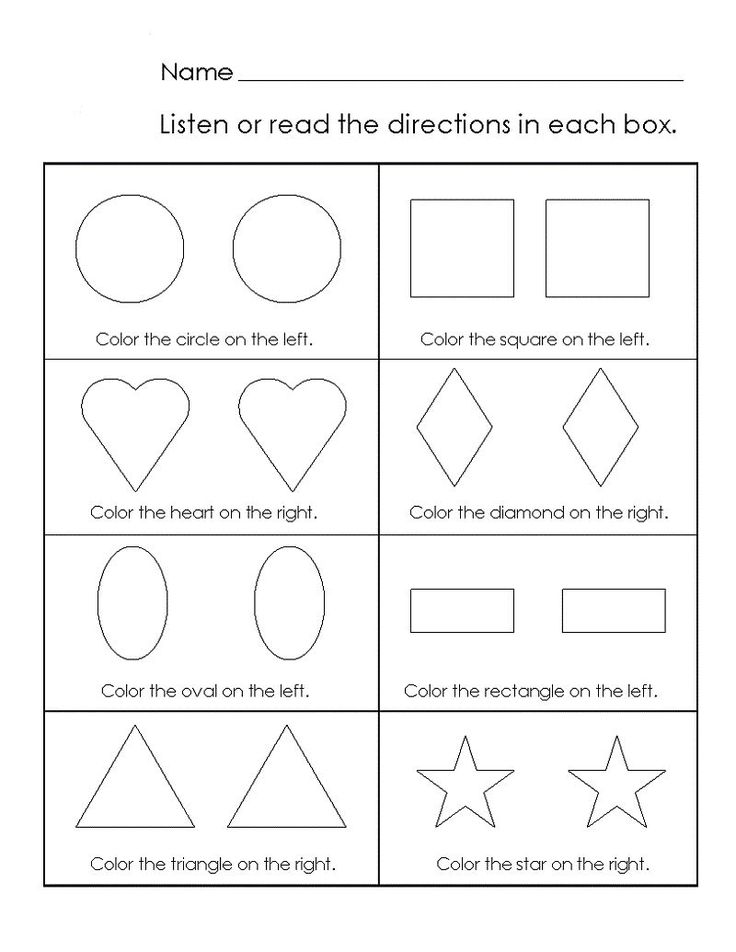 This tray is from a lacing set but you can use any small tray you have. I know some teachers use foil pie plates or kid plastic divided dinner plates for writing trays.
This tray is from a lacing set but you can use any small tray you have. I know some teachers use foil pie plates or kid plastic divided dinner plates for writing trays.
Shape mini books! After we make a shape mini books together during small group or table time, I put them in the center. They LOVE making them! Staplers scare me a bit with my little learners so I put in this stapleless stapler! It’s amazing!
Shapes emergent reader! For a small group activity, students create their own shape emergent reader. After they are complete and we have read them a few times together, they are put in the library center for students to read.
In the Art Center
My students LOVE play dough trays so I try to make one for each theme we do. In this activity, they create play dough shape monsters. Students use the shape cookie cutters to create the body. Then add arms, legs, eyes and hair using cut up pipe cleaners, small popsicle sticks, toothpicks, and googly eyes.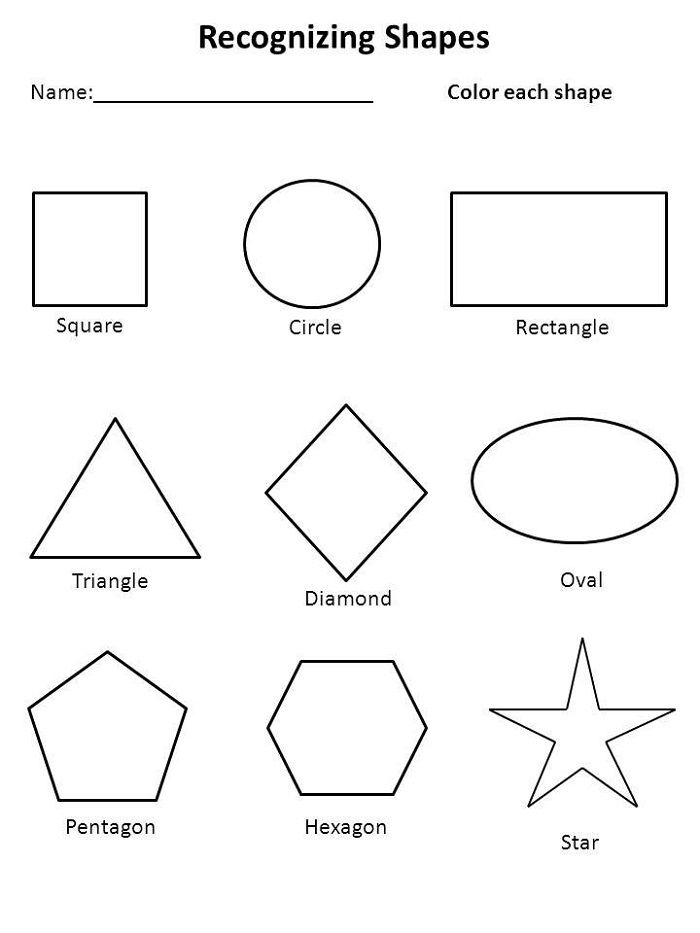 The tray is from the Dollar Tree.
The tray is from the Dollar Tree.
Play dough shape mats! Students can create play dough shapes on these shape mats. They can make the shape by rolling play dough snakes or by molding the dough.
Shape Prints! It’s great fine motor and makes beautiful pieces of art for your classroom. We cut up paper towel tubes for this circle printing project.
We printed with wooden shape blocks too!
Shape collages! It’s important to provide activities for students to create new items using shapes. In fact, it’s a learning objective/standard in many states. Students need to be able to manipulate shapes to create new shapes, objects or pictures. Shape collages are the perfect activity to address this learning objective.
Single shape collages! You can also have students create shape collages using just one kind of shape. One year my students were struggling with triangles so we created triangle shape collages. Students were finding triangle shapes, talking about triangles (how they are alike and different), and making pictures with triangles!
Dramatic Play
You can change the dramatic play center to so many different things for a shape theme but my favorite thing to do is a Pizza Restaurant.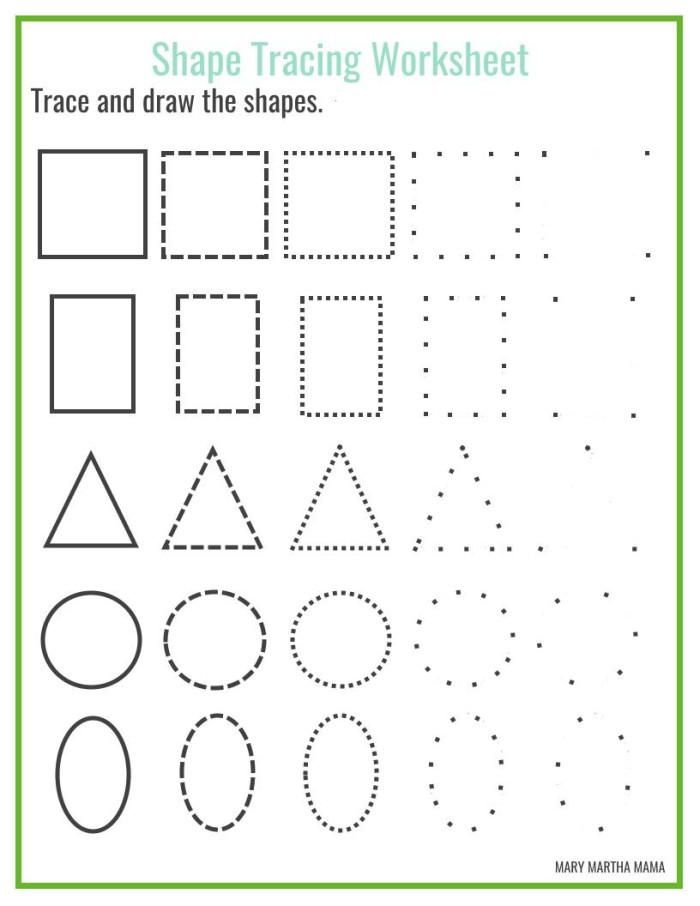 There are shapes all over a pizza restaurant. The pizzas can be different shapes and the slices too! Then the toppings are so many different shapes too. You should totally try it!
There are shapes all over a pizza restaurant. The pizzas can be different shapes and the slices too! Then the toppings are so many different shapes too. You should totally try it!
Make learning about shapes FUN by providing your students with hands-on learning experiences and play! Want all the 2D Shape printables in this post? Click HERE to grab my 2D Shapes unit from my TPT store. It’s packed with over 200 pages of shape building cards (legos, geoboards, popsicle sticks, toothpicks, play dough), posters, sorting mats, worksheets, games & MORE.
Learning about shapes is a fun theme and concept to do with little learners and you can check more fun shape activities by clicking on the image below!
Love these shape activities? Pin this image!
40 Easy And Fun Hands-On Shape Activities For Preschoolers
One of the first math concepts that preschoolers learn is identifying shapes. They begin to distinguish among the different shapes and categorize items according to shape.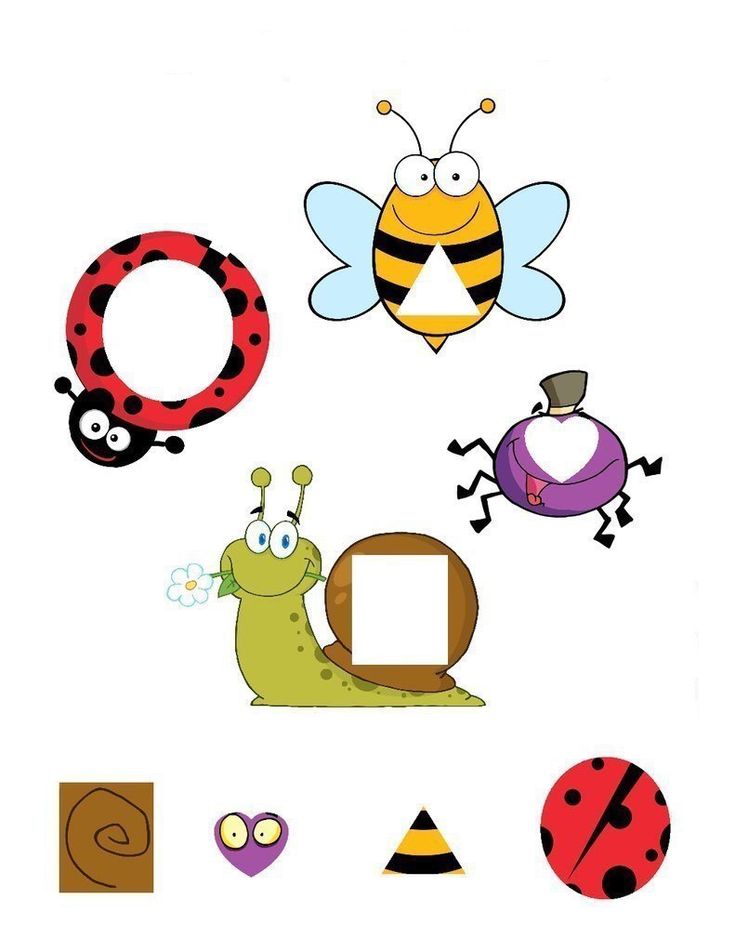 They learn the names of shapes and their characteristics. They find shapes in everyday items. This collection of shape activities for preschoolers can lead preschoolers to explore shapes in all kinds of ways.
They learn the names of shapes and their characteristics. They find shapes in everyday items. This collection of shape activities for preschoolers can lead preschoolers to explore shapes in all kinds of ways.
Shapes Activities for Preschoolers
These activities will help your preschoolers learn their shapes. These shape activities for toddlers, will work in your preschool classroom and your kindergarten classroom.
1. Road Shapes with Cars (Pre-K Pages) – 22 printable road shape mats to help your litte learners identify shapes.
2. Making Shapes with Play Dough (Pre-K Pages) – A fun, hands-on playful learning experience that uses play dough to teach shapes!
3. Pattern Block Shapes (Pre-K Pages) – Pattern blocks can actually help your little learners build a strong foundation for learning geometry later.
4. Making Shapes with Geoboards (Pre-K Pages) – If you haven’t tried geoboard activities in your classroom yet, your kids are going to love them!
5.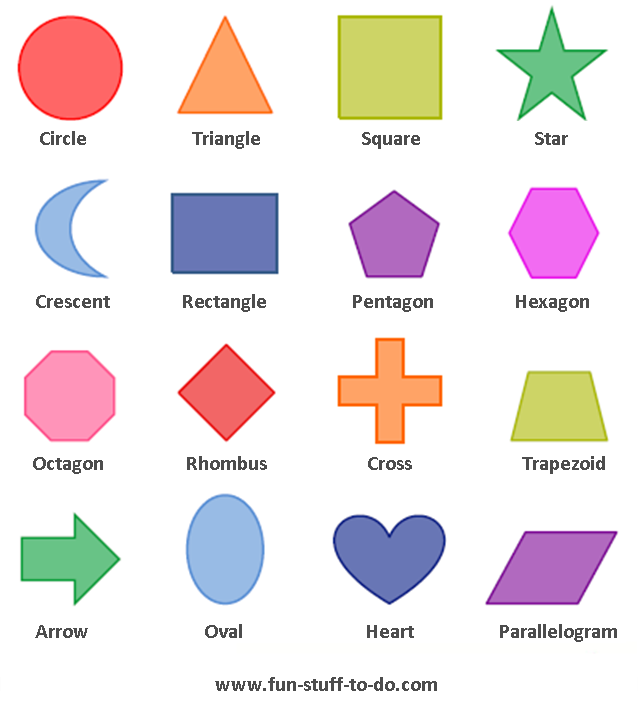 Create a Shapes Photo Book (Pre-K Pages) – To introduce shape concepts to my son, I grabbed the book So Many Circles, So Many Squares from our library as the anchor to our learning ship. Using this book, we went on a shape scavenger hunt and made a fun shape keepsake.
Create a Shapes Photo Book (Pre-K Pages) – To introduce shape concepts to my son, I grabbed the book So Many Circles, So Many Squares from our library as the anchor to our learning ship. Using this book, we went on a shape scavenger hunt and made a fun shape keepsake.
6. Perfect Square Shapes Art (Pre-K Pages) – This Perfect Square art activity is so easy to set up and totally open-ended. It goes perfectly with the book and would be an excellent addition to a shapes unit.
7. Building Shapes with Craft Sticks (Pre-K Pages) – Pair this activity with the book Shapes, Shapes, Shapes by Tana Hoban and you’ve got the perfect low-prep shapes lesson!
8. Teaching 3D Shapes (Pre-K Pages) – Here are some of my favorite ideas for teaching 3D shapes to young children in pre-k or kindergarten. I also wrote some very simple 3D shape songs for you that incorporate hands on learning; keep reading to download the 3D shapes printable song charts.
9.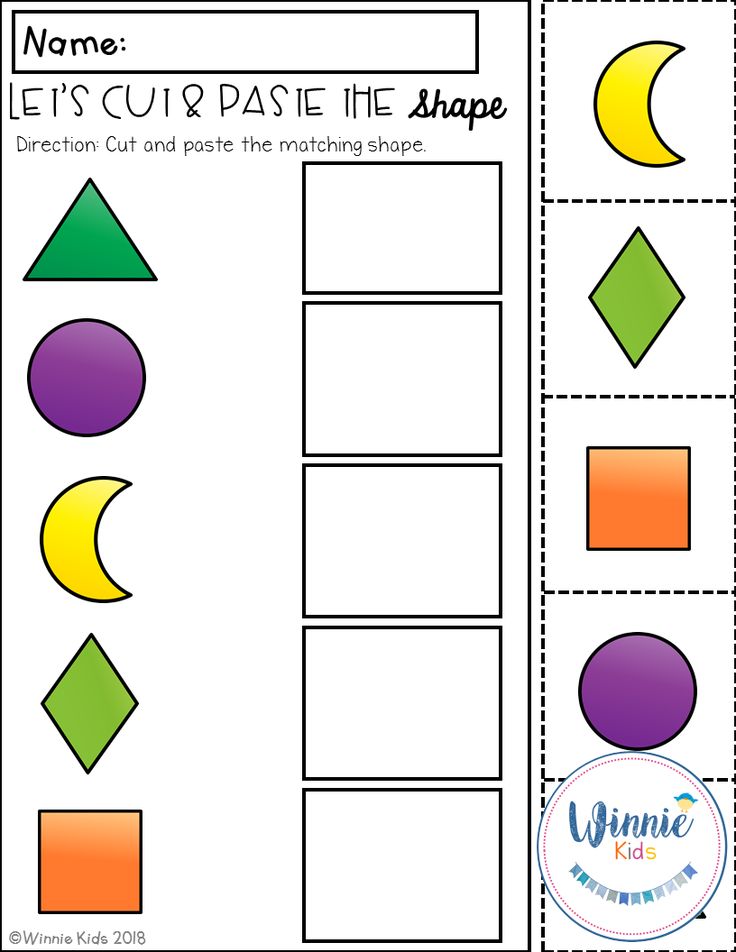 Nature Shape Scavenger Hunt (Pre-K Pages) – A Star in My Orange is a great way to reinforce shape recognition with your preschoolers. They will also immediately want to run outside for their very own shapes scavenger hunt in nature!
Nature Shape Scavenger Hunt (Pre-K Pages) – A Star in My Orange is a great way to reinforce shape recognition with your preschoolers. They will also immediately want to run outside for their very own shapes scavenger hunt in nature!
10. The Shape of Things Chalk Drawings (Pre-K Pages) – Shapes are found, identified, and drawn in all preschool classrooms! Discovering just how often circles, squares, and triangles occur in our everyday life make them relevant to children.
11. Shape Wands (Pre-K Pages) – Make some shape wands and turn your home or classroom into the perfect place for kids to learn and identify shapes.
12. Shape Exploration (Pre-K Pages) – After reading the wonderful book Mouse Shapes by Ellen Walsh, I thought it would be fun to make a mouse that could be used in a shape game. The mice in the book explore shapes so, why shouldn’t we?
13. Make a Tortilla Shape Snack (Pre-K Pages) – We have the perfect recipe for exploring a math concept.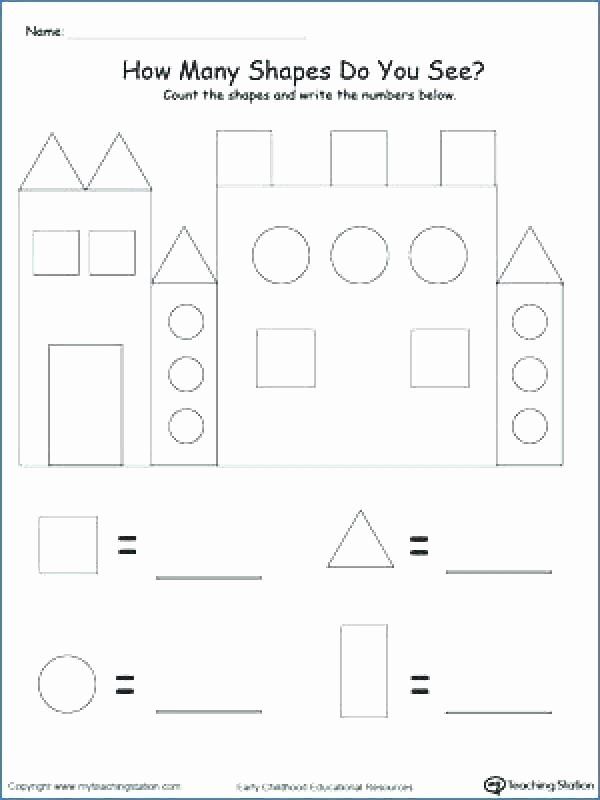 Read aloud one great children’s book. Make a healthy and yummy treat. Combine the two together and you have a lesson on shapes.
Read aloud one great children’s book. Make a healthy and yummy treat. Combine the two together and you have a lesson on shapes.
14. Shapes Word Chart (Pre-K Pages) – This word chart focused on shapes but you can make a word chart for any topic.
15. “I Have Who Has” Shapes Game (Prekinders) – You may have seen the “I Have, Who Has” card games circulating the internet a lot lately, so this is a fun twist for Pre-K to teach shapes.
16. Games and Activities for Teaching Shapes (Prekinders) – Here are a fun few ways to teaching shapes, like shape bingo and a memory game.
17. Tracing Shapes on the Flannel Board (Teach Preschool) – A wonderful way to introduce letters and shapes while building pre-writing skills!
18. Hunting for Shapes (Teach Preschool) -Explore shapes with a fun and interactive game!
19. Exploring Shapes with Blocks on a Table Top (Teach Preschool) – A simple and engaging exploration of shapes and colors!
20.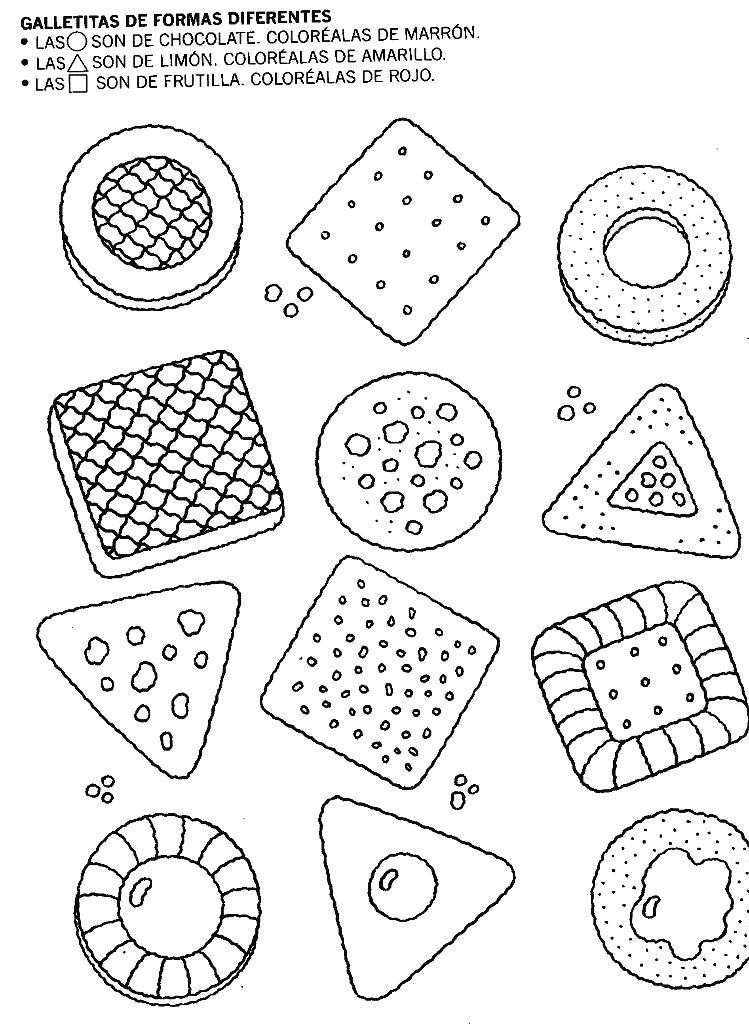 Learning Shapes by Rolling a Ball (Hands On As We Grow) – Try a fun hands on activity for toddlers for a creative twist to learn shapes!
Learning Shapes by Rolling a Ball (Hands On As We Grow) – Try a fun hands on activity for toddlers for a creative twist to learn shapes!
21. Finding Shapes at the Playground (Buggy and Buddy)- Just print out the free shape hunt printable and go searching for shapes at the playground with this fun geometry activity for children!
22. Geometric Shapes Math Activity (Little Bins for Little Hands) – This simple geometric shapes activity for kids is easy to do at home or as a math center in school. It also makes a terrific STEAM project including a bit of art and design too.
23. Gruffalo Themed Shape Animals (Educators’ Spin on It) – Exploring shapes with young children can be such fun when you involve a few animal friends from The Gruffalo.
Shapes Activities for Preschoolers
24. Feed the Shape Monster Game (Imagination Tree) – Make a fun activity for preschoolers and school aged kids with this feed the hungry shape monsters sorting game!
25.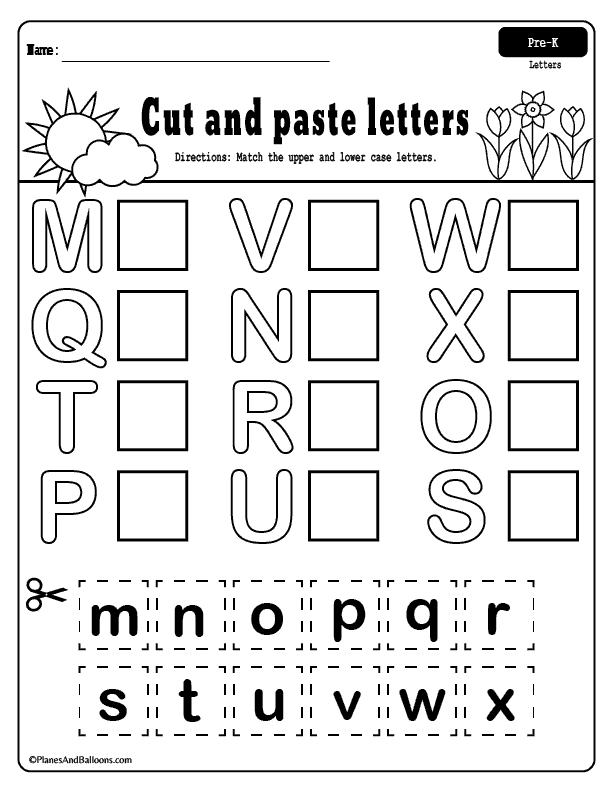 Sticky Shape Bugs Activity (Mom Inspired Life) – This was a great way to develop fine motor skills and critical thinking skills while learning about shapes.
Sticky Shape Bugs Activity (Mom Inspired Life) – This was a great way to develop fine motor skills and critical thinking skills while learning about shapes.
26. Learning Shapes with Spaghetti Noodles (Teaching Mama) – Looking for a fun way to teach shapes? Well here’s a very fun way using spaghetti noodles! This hands-on activity also is a great sensory activity.
27. Matching Shapes to Outlines (Busy Toddler) – Create this fun easy DIY shape mat to practice shapes with your preschoolers.
28. Chalk Shapes Jumping Game (Craftulate) – All you need for this shape activity is some sidewalk chalk!
29. Open and Closed Polygons Game (JDaniel4’s Mom) Grab some LEGOs and have fun with these polygon games, like hockey!
30. Shape Sensory Squish Bag (Still Playing School) – Create this sensory squish bag with triangles, circles, and squares. It’s irresistible to touch and talk about in the window or on the table. It’s super easy to make, too!
31. DIY Shape Puzzles (Munchkins and Moms) – If you have some Jenga blocks and markers, then this easy DIY shape puzzle will be a fun engaging activity for your preschoolers.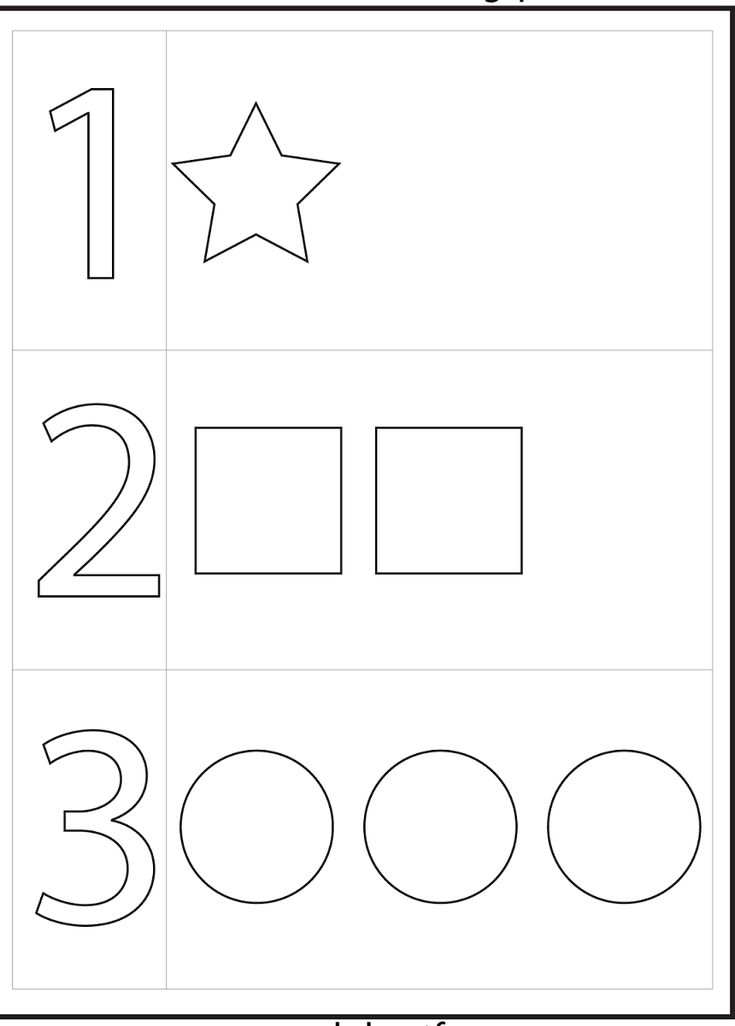
32. Stamping Shapes in Kinetic Sand (Still Playing School) – Stamping shapes into kinetic sand is a great opportunity to work on shape identification, count the sides and corners, and compare and contrast the shapes.
33. Making Trucks from Shapes (Powerful Mothering) – Using your wooden blocks to draw and create trucks!
34. DIY Waldorf Square (Rhythms of Play) – An easy DIY toy for kids made with wooden blocks and liquid watercolor paints.
35. Magazine Shape Hunt and Sort (Mom Inspired Life) – This magazine shape hunt is jam-packed with learning! Kids will learn shapes while they practice cutting, gluing and sorting. It’s also an awesome way to work on critical thinking and observation skills.
36. Building Rockets with Shapes (Stir the Wonder) – Building rockets with shapes is a fun way to review shapes and colors with toddlers and preschoolers!
37. Build on Shape Outlines (Brick by Brick) – Use wooden blocks in a new fun way and work on shapes at the same time!
38.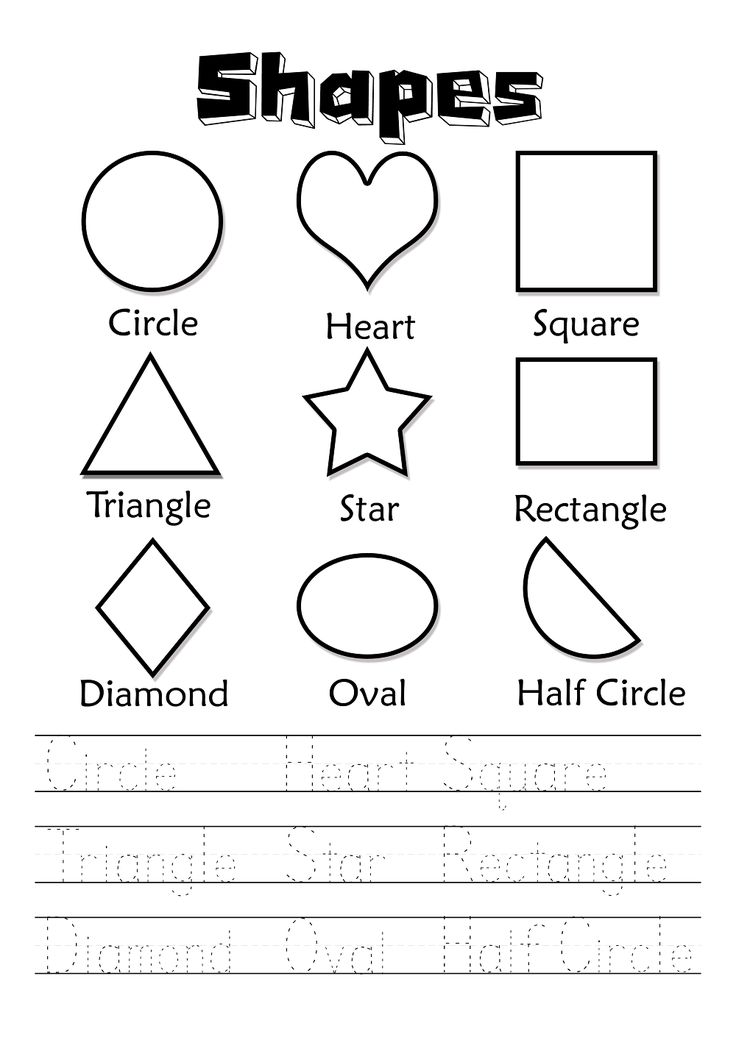 Shapes in Our Neighborhood Book (Munchkins and Moms) – Go for a walk and look for shapes in the neighborhood and then create a photo book after!
Shapes in Our Neighborhood Book (Munchkins and Moms) – Go for a walk and look for shapes in the neighborhood and then create a photo book after!
39. Sorting Shapes in the Sensory Bin (Learning 4 Kids) – Your preschoolers will practice their shapes and fine motor skills while having fun with this shape sensory bin.
40. I Spy Shape Hunt (Munchkins and Moms) – Create these fun easy spy glasses and go on a shape hunt!
Follow my Shapes Pinterest Board for more great ideas!
AlphaMinds Russian School
RUSSIAN SCHOOL PROGRAM (1-15 years)
Click here to read the description of our Russian classes in English
Class Schedule
Photo and Video Gallery
Parents Reviews Mommy2
Our program "Music with Mom" is an educational musical and rhythmic activity for kids from one to three years old, which children attend together with their parents. Numerous modern studies show that introducing children to the wonderful world of music from an early age contributes to their emotional, physical, social and psychological development.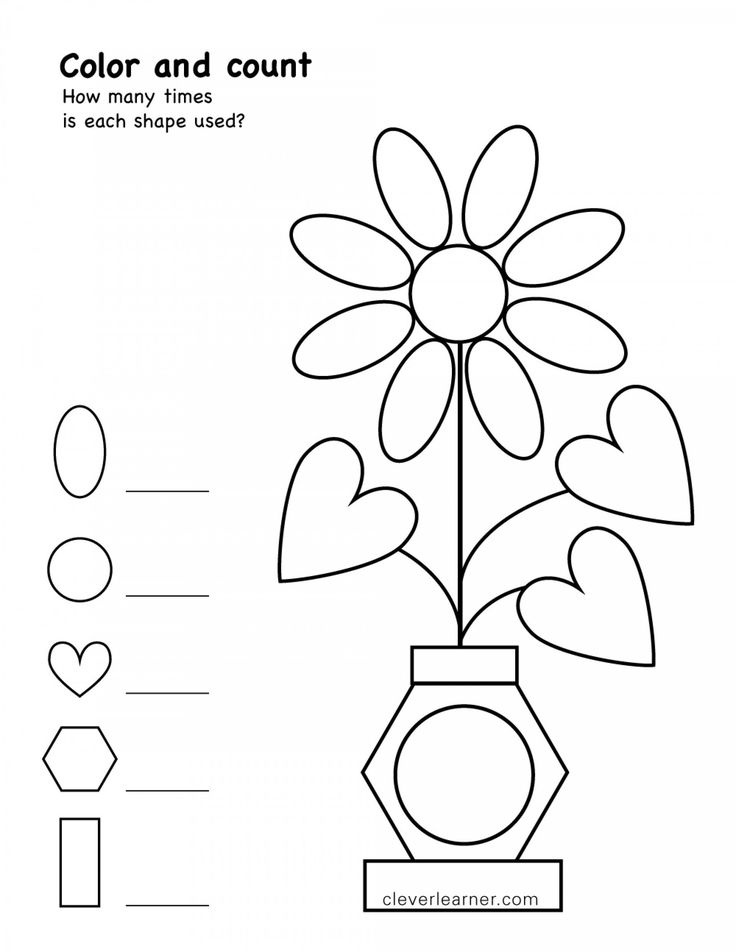 Therefore, the basis of each of our classes is educational and developing musical games. We introduce children to the music and songs that we know from childhood and also learn new songs with them.
Therefore, the basis of each of our classes is educational and developing musical games. We introduce children to the music and songs that we know from childhood and also learn new songs with them.
Live accompaniment, funny game songs and nursery rhymes, exercises to music, playing simple instruments form children's interest in music, contribute to the development of speech, attention, fine and gross motor skills, and develop musical perception, and also, gives kids and adults unforgettable moments of joy of communication!
In the curriculum:
-
welcome and farewell songs
-
musical-rhythmic greetings and warm-ups
-
finger, gesture and communication games
-
Fun games, noise-making games and games with objects
-
games with children's orchestra instruments
-
speech development, logorhythmics, articulatory gymnastics
-
onomatopoeia, singing, theatricalization of songs, listening to music
-
puppet theater and dramatization of fairy tales
-
health gymnastics
-
dance and movement complex
Russian PreK
RUSSIAN FOR PRESCHOOL CHILDREN (2.
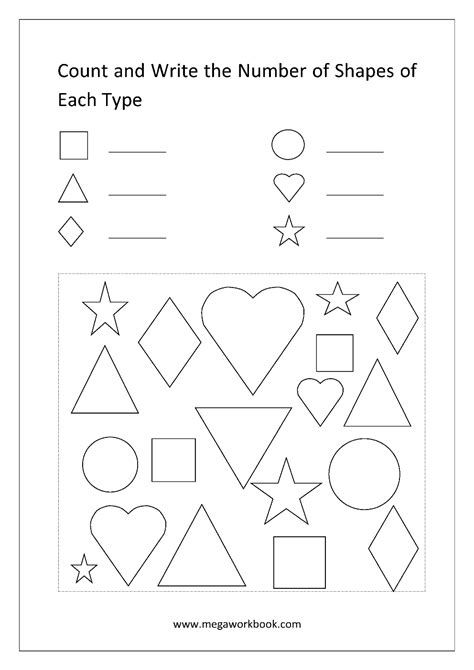 5-5 YEARS)
5-5 YEARS) Malyshariki (2.5 - 3.5 years old)
Classes for toddlers from 2.5 to 3.5 years old in Russian.
Purpose of our studies:
-
speaking in Russian,
-
vocabulary reversal,
-
acquaintance with folk tales,
-
development of gross and fine motor skills,
-
visual activity.
Each lesson (45 minutes) includes several blocks and is built on a constant change of activity, which helps the children to be involved in the process throughout the lesson.
Experienced teachers and special aids will help your child explore the world, interact in a group and build vocabulary.
Let's learn while playing!
Razvivayka (3 - 5 years old)
We bring to your attention classes for preschool children (from 3 to 4.5 years old) in Russian!
Our lessons are aimed at enriching speech, expanding horizons and developing thinking, attention, memory and sensory perception.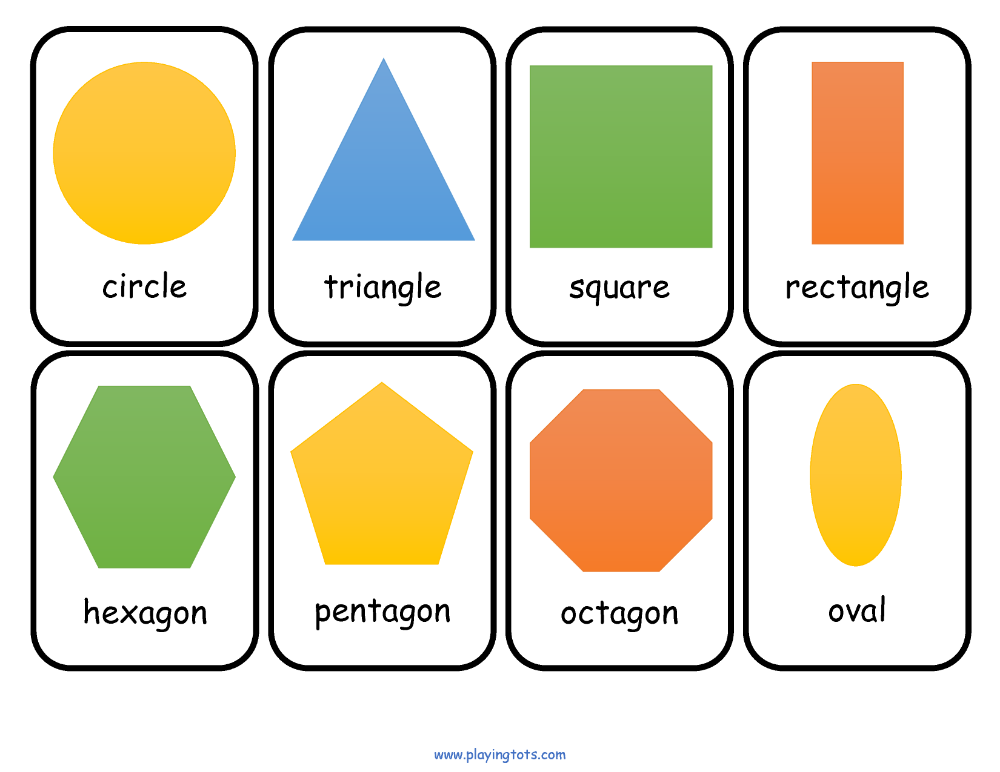
Comprehensive classes include:
-
reading preparation,
-
strengthening the hand and preparing for writing,
-
knowledge of the phenomena of the surrounding world,
-
musical and outdoor games.
Okruzhayka (3 - 5 y. , crafts, "musical break", etc. - all this is based on the "surrounding world".
The structure of each lesson is a frequent change of activity, which helps the children to be involved in the process throughout the lesson. Learning is fun!
Logic
LOGIC and DEVELOPMENT OF THINKING FOR PRESCHOOL CHILDREN
Logic thinking is a very complex and extremely necessary process for the normal mental, physical and social development of a child. His role in the lives of children is colossal. Thanks to logic, children are able to analyze situations, identify patterns, establish cause-and-effect relationships, and draw conclusions.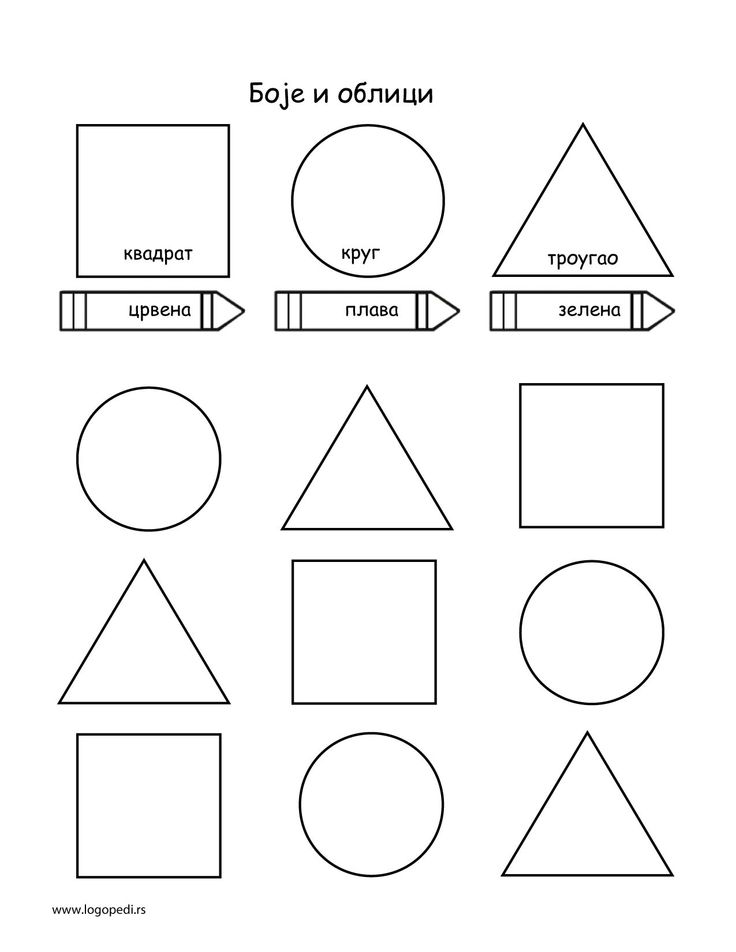 Logic is the basis for the most important life skill - understanding the problem and its subsequent effective solution.
Logic is the basis for the most important life skill - understanding the problem and its subsequent effective solution.
Our program promotes the formation and development of logic in children through specially designed exercises and tasks. Presented in the form of games and interactive tasks, they attract children's attention and effectively develop logical thinking skills in children aged 3-5 years.
Classes are taught in Russian as well as in English (separate groups)
In our classes, children will learn:
-
counting and addition/subtraction from 0 to 10
-
ordinal numbers from 1 to 10
-
basic geometries
And also such concepts as:
-
collation, sorting and classification
-
patterns and sequences
-
analogies
-
orientation and positioning
-
symmetry
-
whole, half and quarter
Logic K (4-5 years old)
In our lessons children will learn:
puzzles with objects and shapes: classifications and analogies
Venn diagrams
logic puzzles with verbal clues and diagrams
games that develop memory and attention
sudoku with pictures and numbers
MUSICAL THEATER (3-12 YEARS)
Musical Theater
One of the main goals of our school since its foundation is to provide our students with the opportunity to communicate with each other, develop their potential and show creativity. To do this, we have created special classes of the Musical Theater, where it is easiest for children to socialize, try themselves in a new role, become more open and inquisitive. The Musical Theater program from the first day has become one of the most popular directions of our school among both children and parents. Participation in Musical Theater not only gives children the opportunity to socialize, have fun and develop their communication skills, but also helps develop musical, artistic, dance and creative abilities, and also contributes to the development of spoken Russian.
To do this, we have created special classes of the Musical Theater, where it is easiest for children to socialize, try themselves in a new role, become more open and inquisitive. The Musical Theater program from the first day has become one of the most popular directions of our school among both children and parents. Participation in Musical Theater not only gives children the opportunity to socialize, have fun and develop their communication skills, but also helps develop musical, artistic, dance and creative abilities, and also contributes to the development of spoken Russian.
In the course of classes in Musical Theater groups, children learn:
-
express one's impressions in words, facial expressions and gestures;
-
independently find expressive means to create an image of a character using movements, posture, gesture, speech intonation;
-
create artistic images using game, song and dance improvisations for this purpose;
-
analyze their actions, the actions of peers, heroes of fiction;
-
interact with a stage partner.
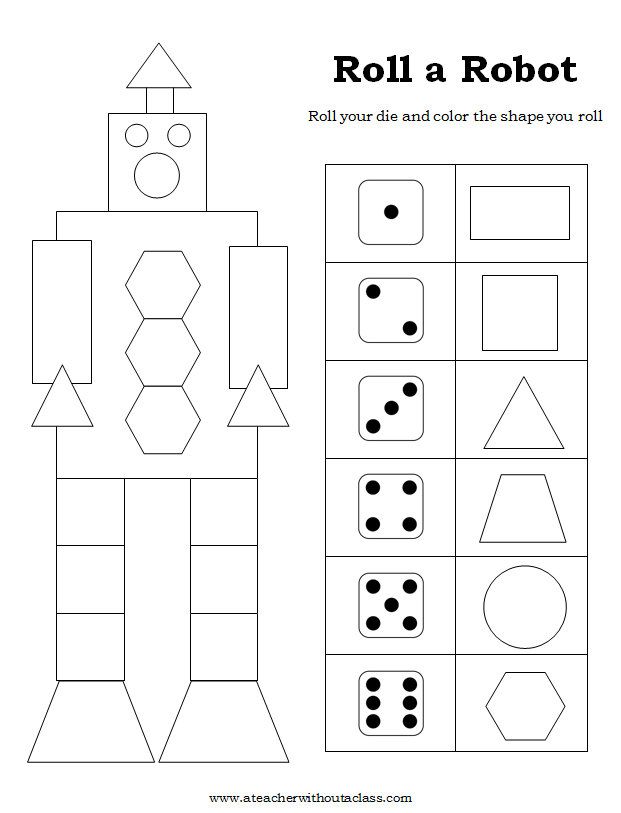
-
to speak to the audience without feeling discomfort, but enjoying creativity;
The culmination of each semester is a bright performance for parents, grandparents, sisters, brothers, friends and other students of our school.
Photos and videos from previous performances can be seen on our website.
We invite all children from 3 to 12 years old to take part in our Musical Theater and make sure that learning can be not only useful, but also very fun!
To read about this class in English, please click here
Russian I
In this group we accept all children who have reached the age of four. To start learning, the child does not need to know the letters. The interactive course, full of educational games and interesting tasks, will help each child to quickly master the skills of reading and writing. So, already at the end of the first lesson (!) children will be able to read and write their first words in Russian!
So, by the end of the course, our students:
-
Can read and print confidently.
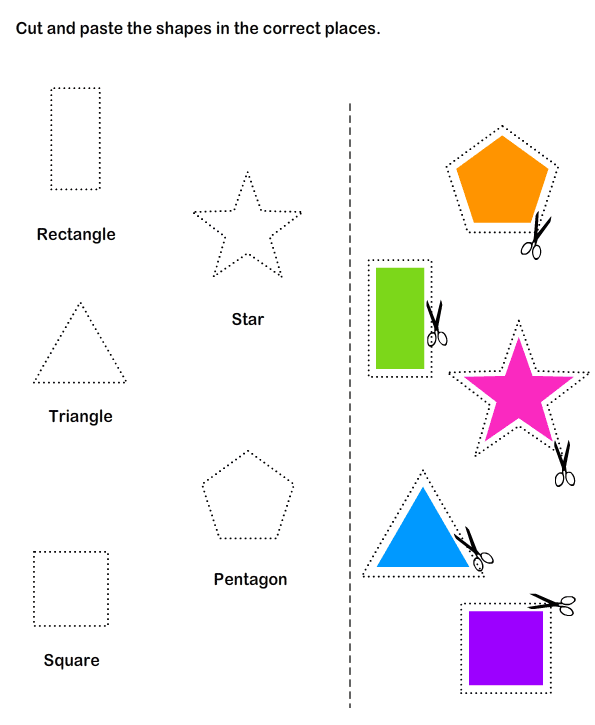
-
Can compose a story from pictures.
-
Can communicate on topics such as “Family”, “School”, “Vegetables and fruits”, “People”, “Animals”, “Toys”, “Space”, “In the library”, “In the museum”
-
Can pronounce many tongue twisters very quickly.
-
Can recite poems by heart.
-
They are able to retell and act out fairy tales.
-
They know how to play educational games.
-
They know how to guess and solve riddles.
-
They can show everyone their first author's baby books and even write a note to mom and dad :-)
-
And if mom and dad need help, our students can make a shopping list!
RUSSIAN I (4-6Y)
Russian II
RUSSIAN II
Can your child already read and print? Great, join this group!
By the end of the course, our students:
-
Can read texts up to three pages fluently.
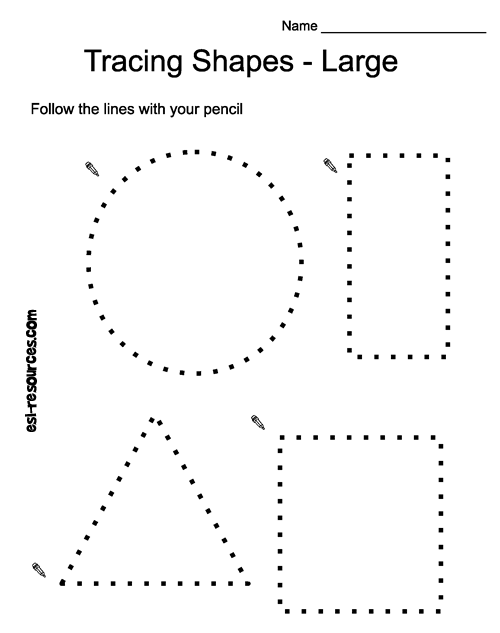
-
Can retell the stories they read in their own words.
-
Can create their own interesting projects.
-
They know many poems and songs by heart.
-
Can write a short text.
-
Know cursive (can write individual words in cursive)
-
They know a lot of proverbs and riddles.
-
Can distinguish between sounds and letters, words and sentences.
-
They know what text, metagrams are, and why stress is needed.
-
They can be proud of their significantly expanded horizons (thanks to our thematic classes) and a huge vocabulary!
Russian III
Russian III
Each lesson of this course combines Russian language and literary reading.
By the end of this course each student:
-
Knows and loves both classical and modern literary works.
-
Possesses literate oral and written speech (within his age group).
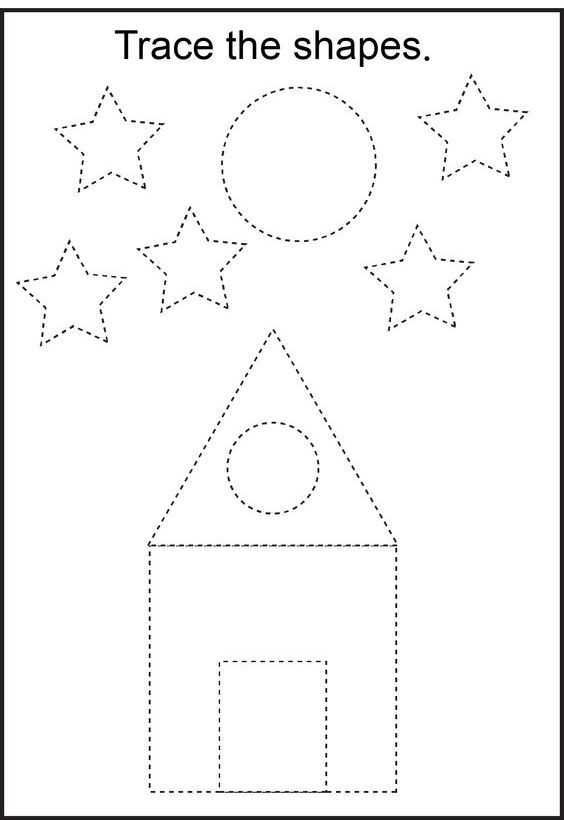
-
Knows and confidently applies the basic rules of Russian spelling in writing (within his age group).
-
Knows how to solve puzzles.
-
Confidently writes in cursive.
-
Understands the difference between noun, verb and adjective
-
They can be proud of their significantly expanded horizons (thanks to our thematic classes) and a huge vocabulary!
-
Creates unique creative works!
Russian IV
Russian IV
Thanks to a comprehensive program of the fourth year of study, combining classes in the Russian language and literary reading By the end of the course, our students:
-
Know and love both classical and modern literary works.
-
Possess literate oral and written speech (within their age group).
-
They know and confidently apply the basic rules of Russian spelling in writing.
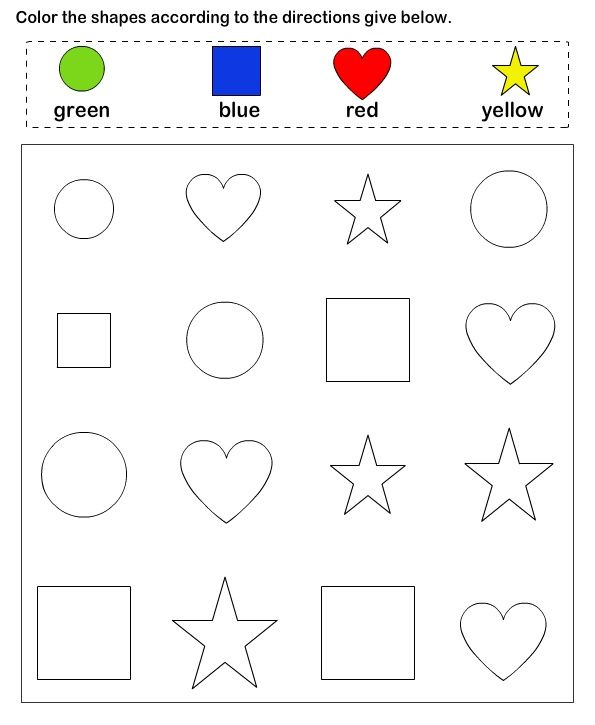
-
They are able to write summaries and essays.
-
They know and are able to competently use a wide range of popular expressions.
-
Can distinguish between antonyms, synonyms and homonyms.
-
Create and present their creative works.
Russian VI
RUSSIAN V, VI
The main objective of this class is to deepen and expand the knowledge of the Russian language for our students: a deeper understanding of grammar, improving literacy and expanding vocabulary through an organic combination of programmed and problem-based learning methods. How to maintain or even revive the interest of our children in the Russian language? We bring to your attention a training program where we will improve our language skills, based on topics that are of great interest to our children.
But that's not all! In the second part of our classes (literary reading lessons), we will get acquainted with classical and modern works of Russian and world literature, we will learn to reflect on topics raised by the author, draw analogies, read between the lines and express our opinion, both orally and in writing.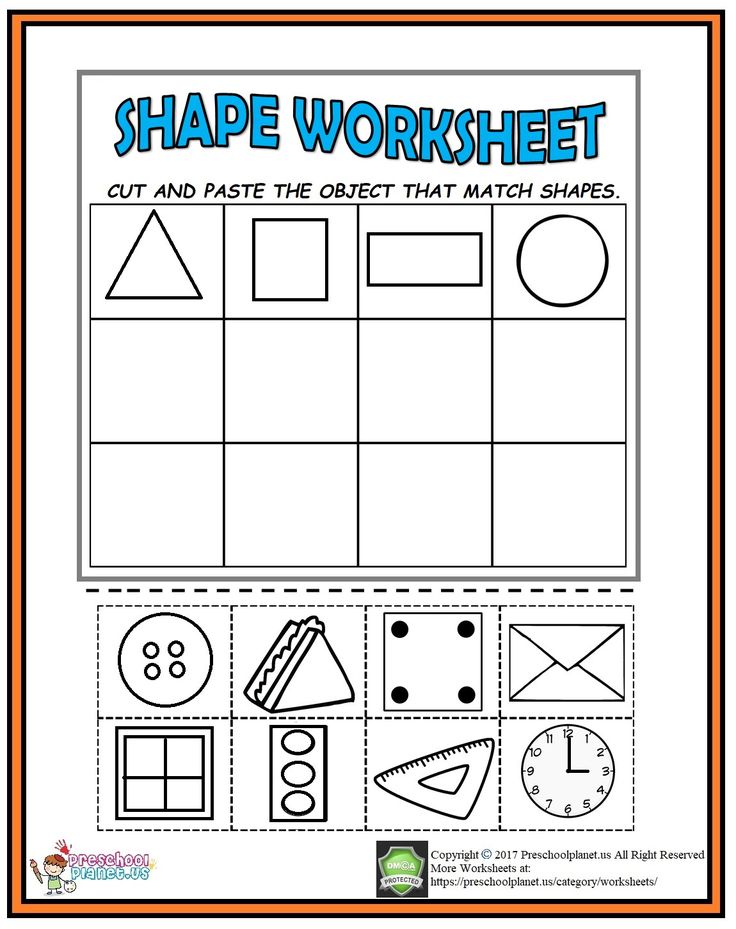
Our students at the end of the course:
-
Know and love both classical and modern literary works.
-
Possess literate oral and written speech (within their age group).
-
They know and confidently apply the basic rules of Russian spelling in writing.
-
They are able to write summaries and essays.
-
They know and are able to competently use a wide range of popular expressions.
-
Can distinguish between antonyms, synonyms and homonyms.
-
Create and present their creative works.
-
Participate in international creative competitions in the Russian language
Russian VII
Russian VII
The program is designed for students who are fluent in reading and writing in Russian and are prepared for a deeper study of grammar and an expanded acquaintance with literature. The main objective of the course is to teach children to freely express their thoughts both orally and in writing.
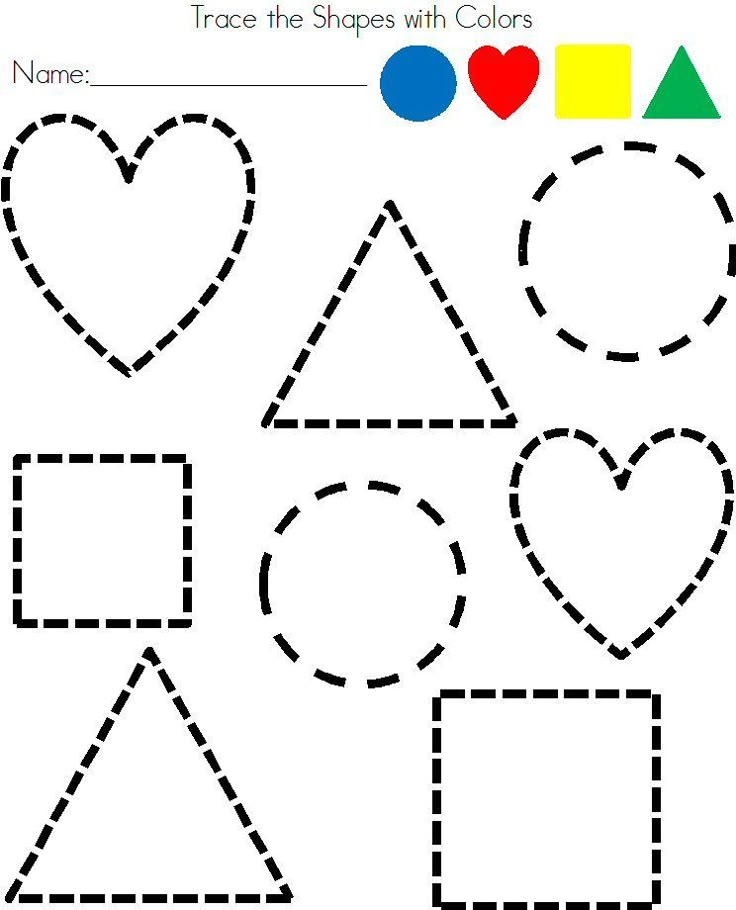 To accomplish this task, it is necessary to read a variety of texts: prose, poetry, classics, contemporary authors, works of domestic and foreign authors. A serious and systematic study of morphology, vocabulary, syntax and punctuation is also advisable. Classes will be a combination of practical tasks, active discussions, word games. Homework will consist of reading, writing exercises, essays, summaries, etc. Serious work on the study of the Russian language will be accompanied by interesting, original, entertaining tasks, thought-provoking conversations, and, of course, humor.
To accomplish this task, it is necessary to read a variety of texts: prose, poetry, classics, contemporary authors, works of domestic and foreign authors. A serious and systematic study of morphology, vocabulary, syntax and punctuation is also advisable. Classes will be a combination of practical tasks, active discussions, word games. Homework will consist of reading, writing exercises, essays, summaries, etc. Serious work on the study of the Russian language will be accompanied by interesting, original, entertaining tasks, thought-provoking conversations, and, of course, humor. Russian Teens
RUSSIAN VIII -X "BOOKERS"
This course is designed for children who want to develop spoken Russian as well as continue to explore literature. Learning the Russian language and especially reading in Russian presents specific difficulties for children of this age: on the one hand, teenagers are interested in serious topics; on the other hand, limited language capabilities do not allow them to fully enjoy the variety of beautiful texts designed for their age.
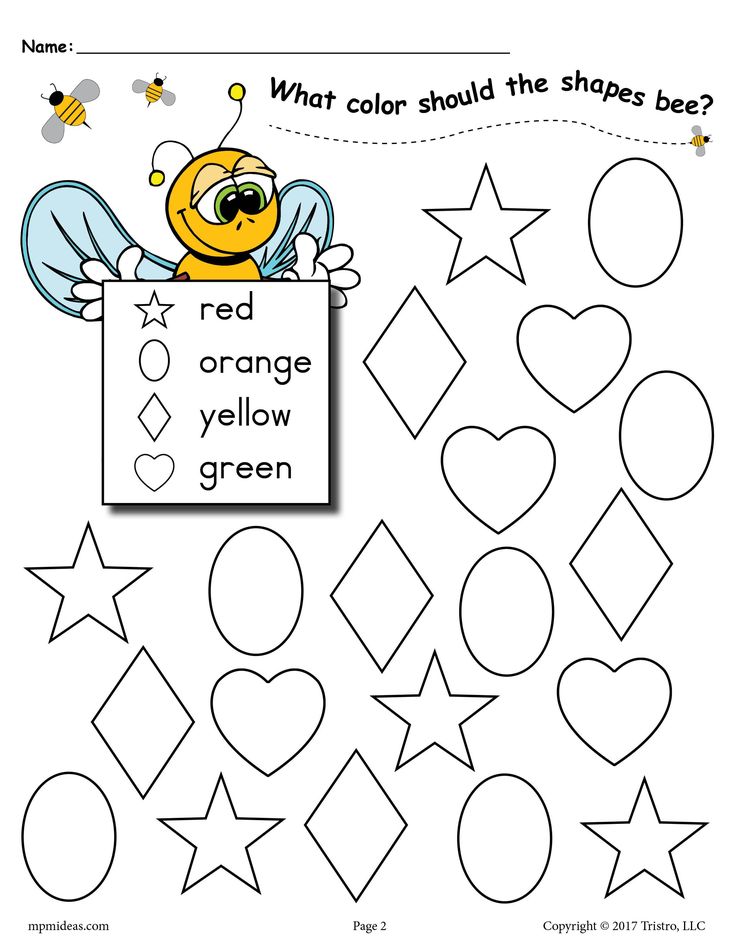 The Bookman course offers a unique opportunity to overcome these obstacles. Students will get acquainted with very different texts: poetry and prose, funny school stories and serious stories, absurd sketches and documentary essays. Easy reading will alternate with more difficult texts. We hope that the variety of literary genres offered will support interest in reading, inspire interesting discussions, develop vocabulary and spoken language, and most importantly, help overcome the fear of reading in Russian. The basis of this course is literature, but we will also deepen and expand the study of grammar and spelling. Along with reading, writing skills and culture of speech will be developed.
The Bookman course offers a unique opportunity to overcome these obstacles. Students will get acquainted with very different texts: poetry and prose, funny school stories and serious stories, absurd sketches and documentary essays. Easy reading will alternate with more difficult texts. We hope that the variety of literary genres offered will support interest in reading, inspire interesting discussions, develop vocabulary and spoken language, and most importantly, help overcome the fear of reading in Russian. The basis of this course is literature, but we will also deepen and expand the study of grammar and spelling. Along with reading, writing skills and culture of speech will be developed. Passepartout
CLUB PASPARTOU (6-10 YEARS)
Get ready for a trip around the world on our wonderful planet. Children will get acquainted with the world map, the globe, find out the location of various countries and continents on them.
Our journey starts in Italy and ends in the USA.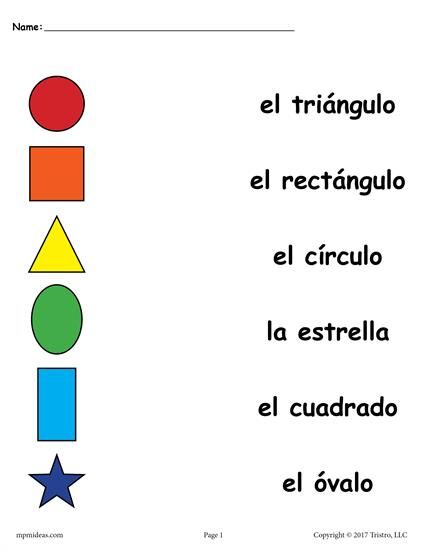 On the way we will visit Spain, Austria, India, Korea, Japan, Brazil and Mexico. We will learn amazing facts from history and geography, fascinating legends and customs, get acquainted with the architecture and art of these countries.
On the way we will visit Spain, Austria, India, Korea, Japan, Brazil and Mexico. We will learn amazing facts from history and geography, fascinating legends and customs, get acquainted with the architecture and art of these countries.
General English course for preschoolers
Classic communication lessons for toddlers aged 4-6. The duration of training in children's groups is 9 months (from September to May). Additional tuition fees are paid for the entire period of study.
Two group options are offered:
- 2 times a week for 60 min. weekday evenings
- once a week for 60 min. on Saturday or Sunday, in the morning (weekend group).
If possible, we recommend choosing groups with lessons 2 times a week, as this mode facilitates the assimilation of the material.
Standard groups (4-8 people)
| Schedule | Cost | Load | ||||||||||||||||||||||||||||||||||||||||||
60 min.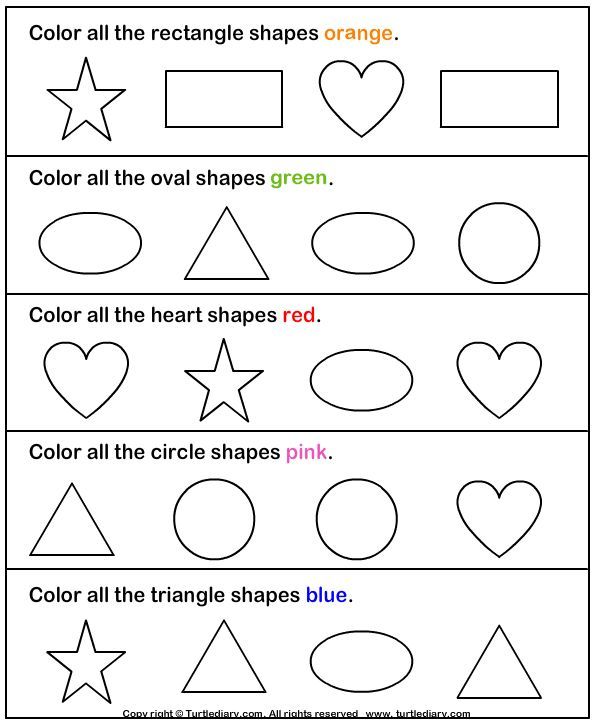 (1 astro.hour) /zan. (1 astro.hour) /zan. 2 times a week | 5050 r/month | 8 aster. hours/month 9months (September to May). Additional tuition fees are paid for the entire period of study. Tuition fees:
Group programs English Children : 9000 9000 9000 9000 9000 9000 9000 9000 002General English FOR TeenagersGeneral English course The duration of training in teenage groups is 9 months (from September to May). Additional tuition fees are paid for the entire period of study.
Tuition fee:
Practice club for teens Weekend group Practical conversational and game classes in English for students in grades 5-11, designed for teenagers with experience in learning English. Groups of 2 levels of complexity are formed. The program is especially recommended for conversational practice, repetition and consolidation of knowledge gained in the classroom General English for teens . Duration of study in teenage groups - 9 months (from September to May). Tuition fees:
. | Cost | Load | Schedule | |||||||||||||||||||||||||||||||||||||||
| Standard groups (4-8 people) | 3030 r/month | 8 acc. hours/month | 90 min. (2 academic hours) / work Once a week |
Private Lessons
Individual students, depending on the program chosen, may be required to pay additional course tuition fees.
| Lessons with a Russian-speaking teacher | Cost |
| Lesson fee 30 min.* | 840 p |
| Lesson fee 45 min. (1 academic hour) | 1280 R |
| Lesson fee 60 min. (1 astro hour) | 1680 R |
Lesson fee 90 min.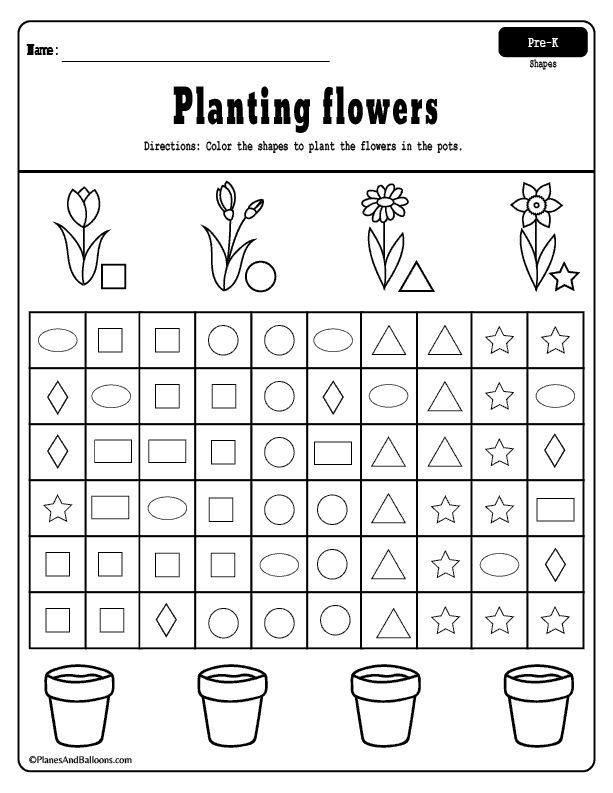 (2 academic hours) (2 academic hours) | 2560 p |
| Price for a pair lesson 30 min. | 1340 p |
| Price for a pair lesson 45 min. (1 academic hour) | 1780 R |
| Price for a pair lesson 60 min. (1 astro hour) | 2180 p |
| Price for a pair lesson 90 min. (2 academic hours) | 3560 p |
| Price for a pair lesson 120 min. (2 astro hours) | 4360 p |
*Only in case of compensation for missed group classes
| Lessons with a native speaker | Cost, duration* |
| Trial lesson | 2380 rub/ 60 min. |
| Adult Standard Private Lesson | 3580 rub / 90 min. |
| Standard private lesson for children | 2380 rub/ 60 min.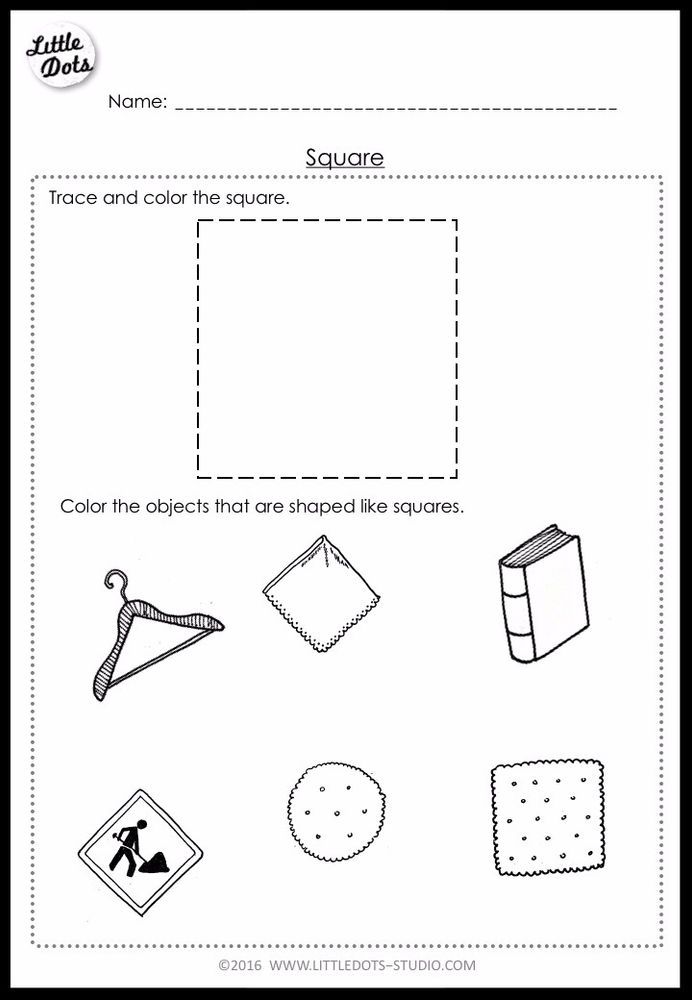 |

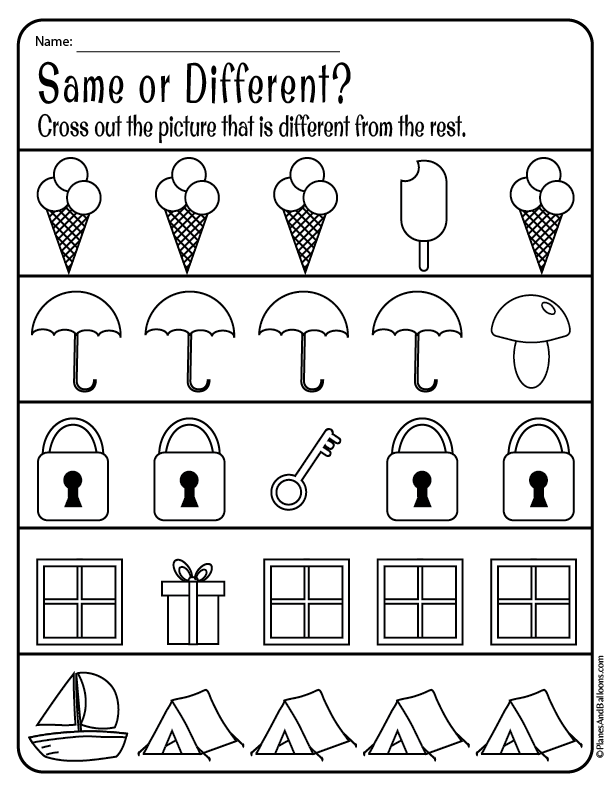 hours/month
hours/month 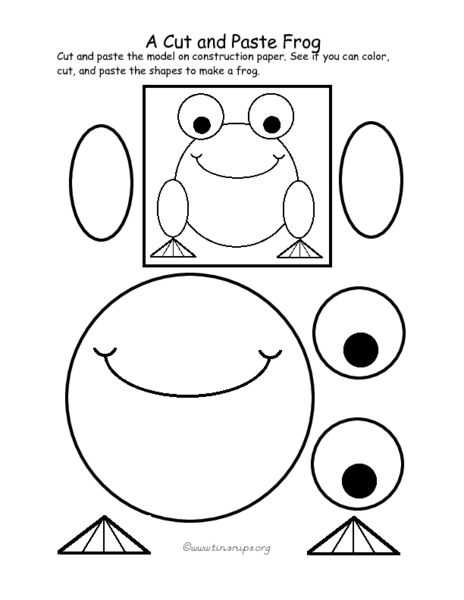 hours/month
hours/month 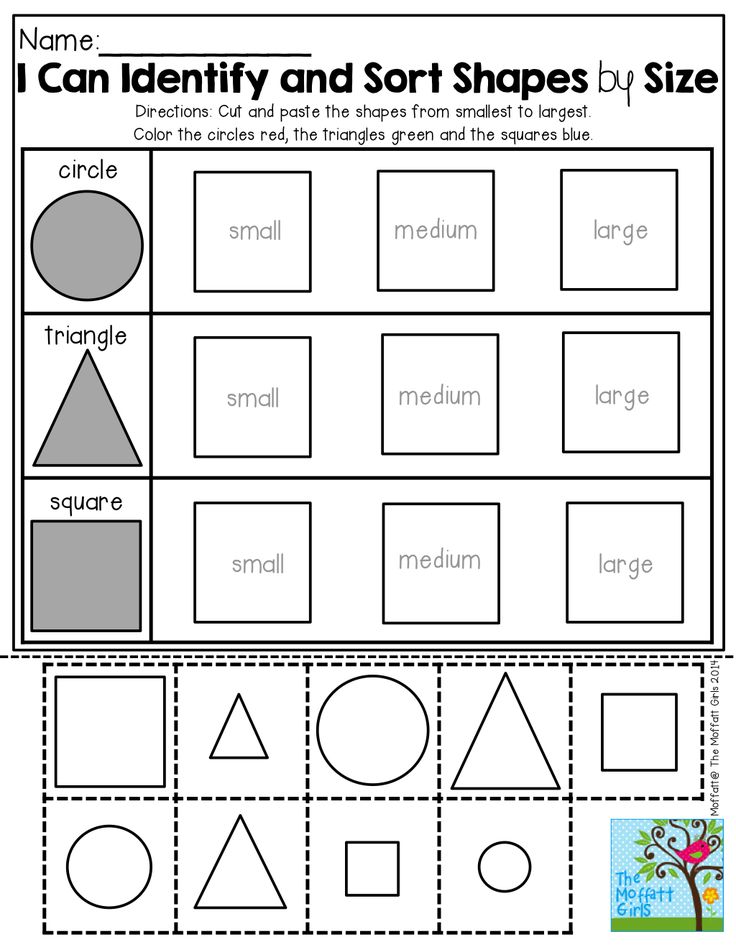 hours/month
hours/month 